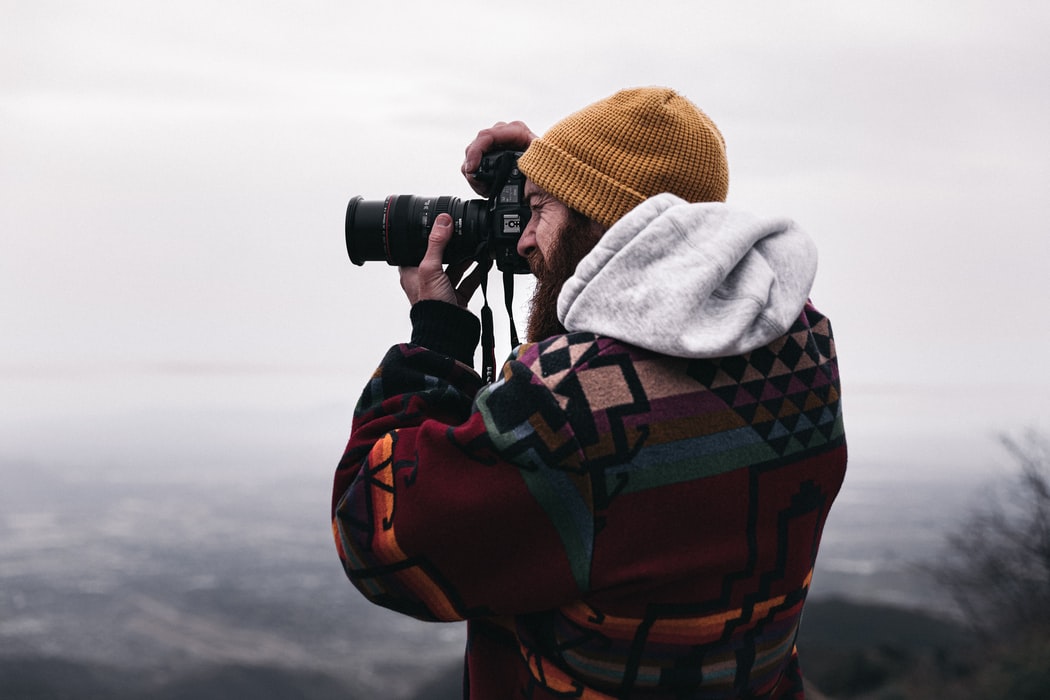
How content producers can use AI in digital marketing
Do you want to use AI to create better content? There’s no doubt that content production is getting more complex every day. It’s getting hard to get noticed on social media. Your inbox is packed with repetitive messages, and you must fight against a massive crowd to get people to read your content. And then […]

How can Tourism Businesses successfully implement Social Selling?
Have you ever wondered what kind of new ways there are to benefit from social media? Or how tourism businesses could use social networks to engage with their customers even more? The key term in this text will be social selling. Social selling can be defined as a modern way to create and develop relationships […]

How to benefit influencer marketing in destination branding
How can DMO’s benefit influencer marketing in destination branding? How have the DMO’s used influencers in their branding strategy so far? In recent years, the rapidly growing use of influencer marketing has caught the attention of researchers and marketers alike. Influencer marketing has also opportunities for the tourism industry, of which destination branding is explored […]